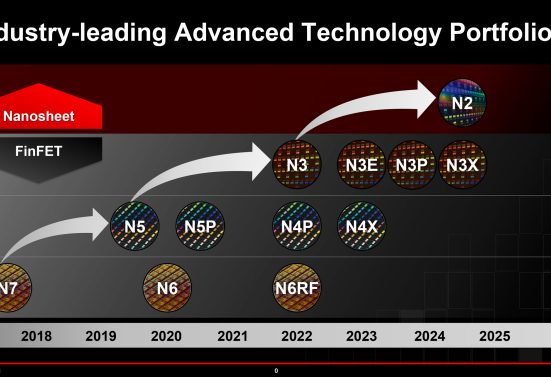In 2004, scientists at the University of Manchester first isolated and investigated graphene, the supermaterial composed of single-layered carbon atoms arranged in a hexagonal honeycomb-like lattice. Since then, it has become a wonder, with properties that make it extremely useful in numerous applications. Among scientists, it is generally believed that around 1.9% of the carbon in the interstellar medium (ISM) exists in the form of graphene, with its shape and structure determined by the process of its formation.
It turns out there could be a lot of this supermaterial on the surface of the Moon. recent studyResearchers from the Chinese Academy of Sciences (CAS) have discovered that naturally formed graphene is arranged in a special thin-layer structure on the Moon. These findings could have drastic implications for our understanding of how the Moon formed and lead to new methods for manufacturing graphene, with applications ranging from electronics, energy storage, construction and supermaterials. They could also prove useful for future missions that will create permanent infrastructure on the lunar surface.
The team was led by Professors Wei Zhang and Meng Zou of the Key Laboratory of Bionic Engineering and Jilin Provincial International Cooperation Key Laboratory of High-Efficiency Clean Energy Materials At Jilin University, Jilin University senior engineer Xiujuan Li and Wencai Ren of the CAS Metal Research Institute (CAS-ISM). They were joined by colleagues from multiple Key laboratories At Jilin University, the CAS-ISM, the Deep Space Exploration Laboratoryand the Lunar Exploration and Space Engineering Center. The article describing their findings appeared in the National Journal of Sciences.
For decades, scientists have speculated that the Earth-Moon system was formed from a massive collision: the Giant impact hypothesis – between a Mars-sized body (Theia) and Earth approximately 4.4 billion years ago. This theory is supported by analyses of lunar rocks brought back by Apollo astronauts, which led to the idea of an atmosphere devoid of carbon. However, recent findings have come to question this consensus based on the observation of global fluxes of carbon ions on the Moon, which suggest the presence of indigenous carbon.
These observations are consistent with analysis of one of the Apollo 17 samples that showed the presence of graphite. For their study, the team performed a spectroscopic analysis of an olive-shaped sample of lunar soil (measuring approximately 2.9 mm by 1.6 mm) recovered by the Apollo 17 mission. Change 5 Mission in 2020. This was China's third robotic mission to reach the lunar surface and its first sample return from the Moon. From the spectra they obtained, they found an iron compound in a carbon-rich section of the sample that is closely related to the formation of graphene.
Upon further analysis using advanced microscopy and mapping technologies, they confirmed that the carbon in the sample was graphene flakes that were two to seven layers thick. As for how it got there, the team proposed that the graphene could have formed during a period of volcanic activity early in the Moon’s history, when it was still geologically active. They further hypothesized that the graphene was catalyzed by solar winds that kicked up lunar regolith and its iron-bearing minerals, which could have helped transform the atomic structure of carbon.
They also allow for the possibility of meteorite impacts, which are also known to create high-temperature, high-pressure environments similar to volcanic activity. As they state in their paper:
“Graphene is either embedded in individual sheets or formed as part of a carbon shell enclosing mineral particles. Our result reveals a structure typical of indigenous carbon on the Moon and its formation mechanism has been proposed. This discovery may reinvent our understanding of the Moon’s chemical components, geographic events, and history.”

These findings could also have a huge impact on research here on Earth, where graphene is being investigated for applications ranging from electronics and mechanics to materials science. As they indicate in their paper, this study could lead to new methods for producing the material at low cost and offer additional opportunities for lunar exploration:
“The identification of graphene in the core-shell structure suggests a bottom-up synthesis process rather than exfoliation, which usually involves a high-temperature catalytic reaction. Therefore, a formation mechanism for few-layer graphene and graphitic carbon is proposed here…
“In turn, mineral-catalyzed natural graphene formation sheds light on the development of scalable and low-cost synthesis techniques for high-quality graphene. Therefore, a new lunar exploration program can be promoted and some future breakthroughs can be expected.”
These findings could also prove useful for future missions leading to the development of permanent infrastructure on the lunar surface, including NASA's mission Artemis Programwhose aim is to create a “sustained programme of lunar exploration and development”. There is also the ESA programme Village of the Moon initiative and the plan of China and Russia for a International Lunar Research Station (ILRS). In addition to exploration and scientific research, these programs could conduct experiments on the properties and uses of graphene, which could include the fabrication of lunar habitats.
Further reading: Eurek alert!, National Journal of Sciences













Leave feedback about this